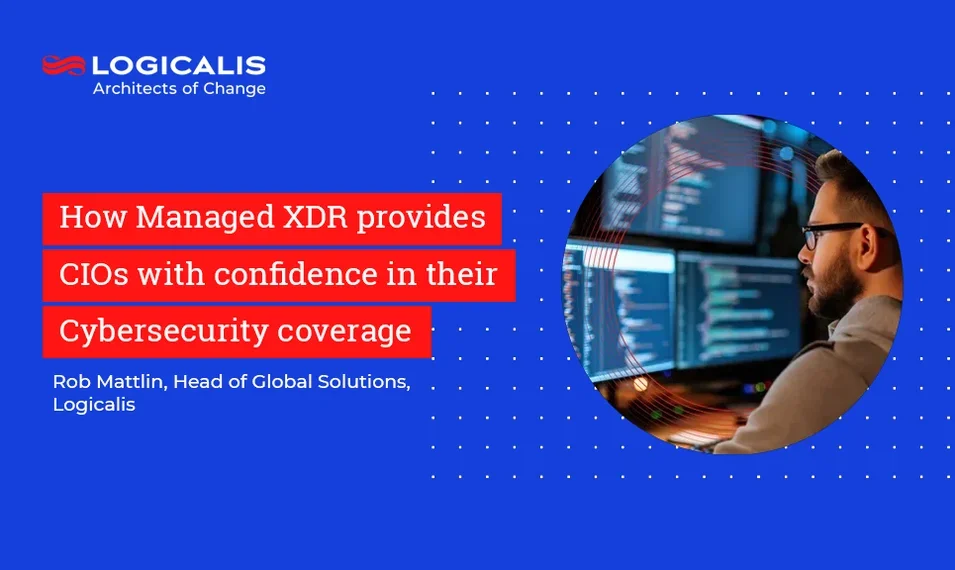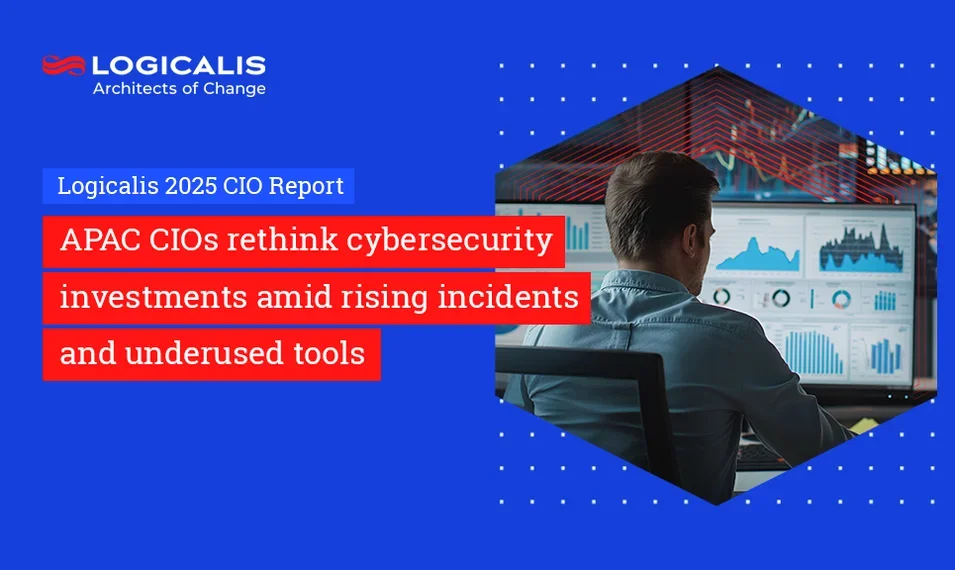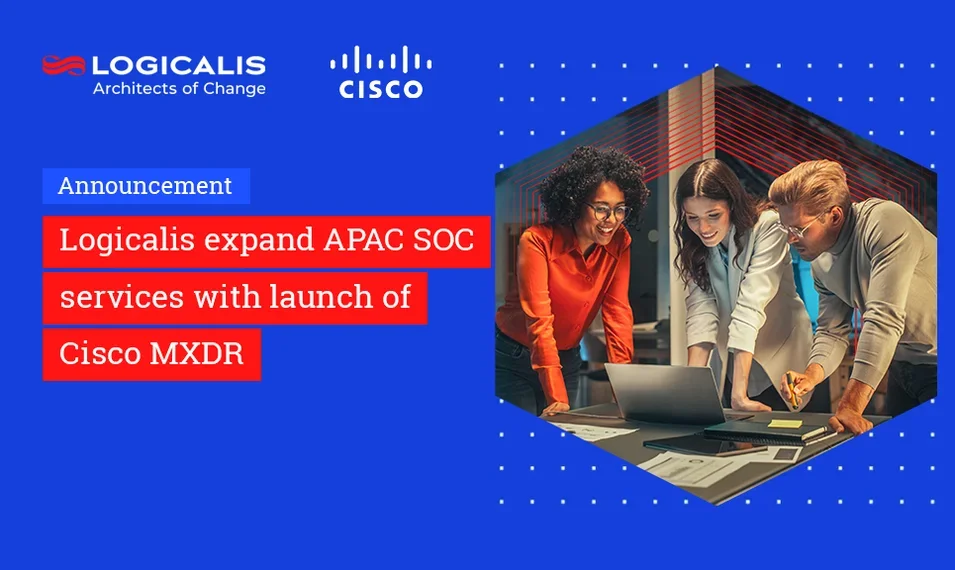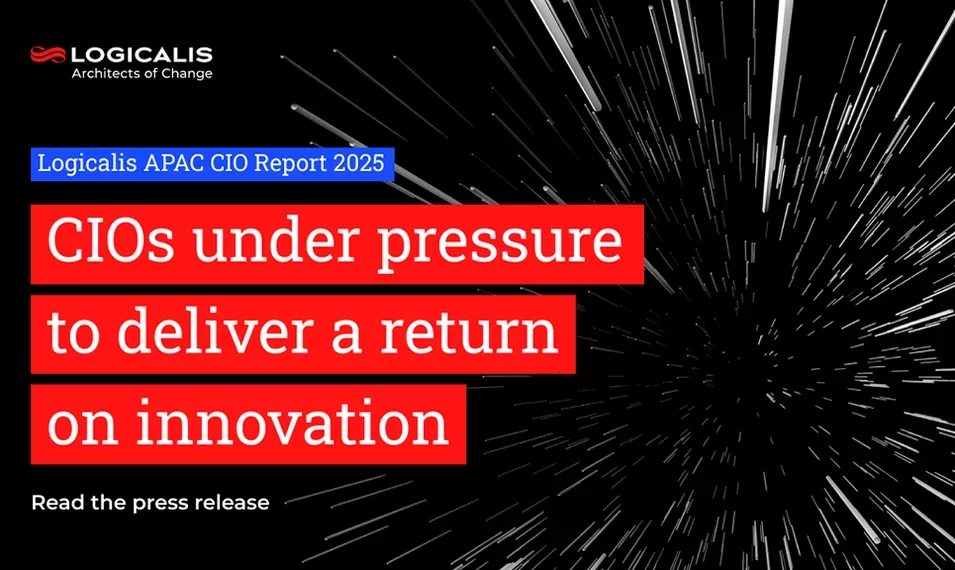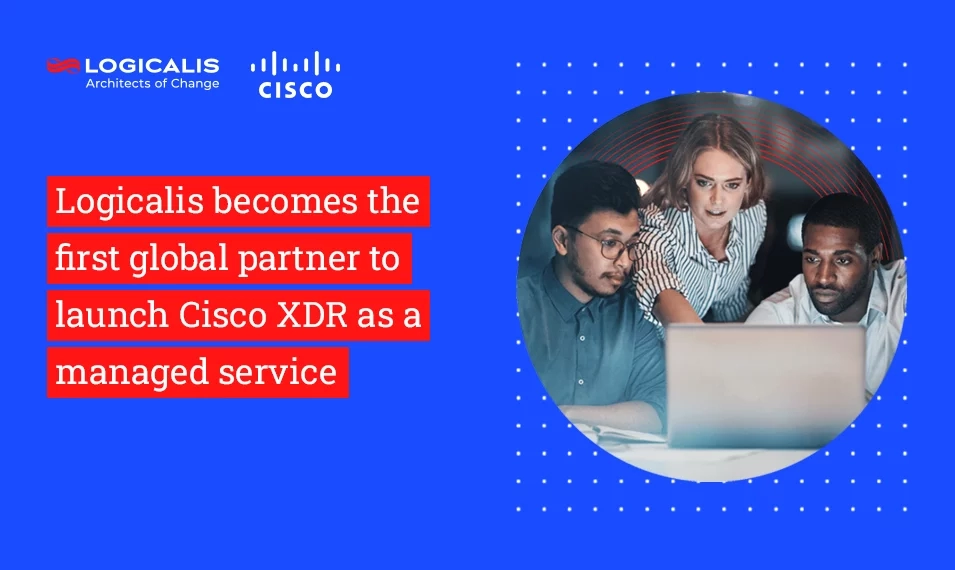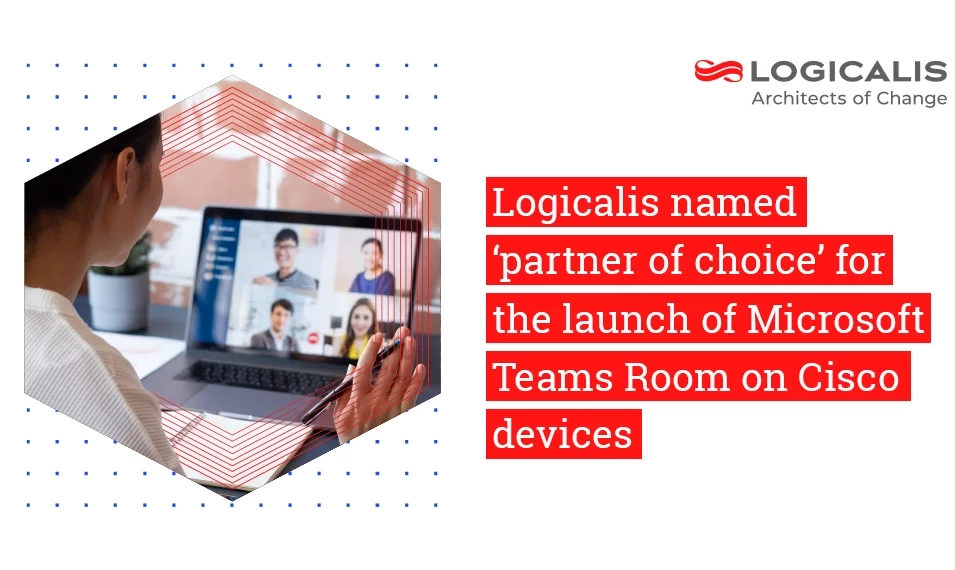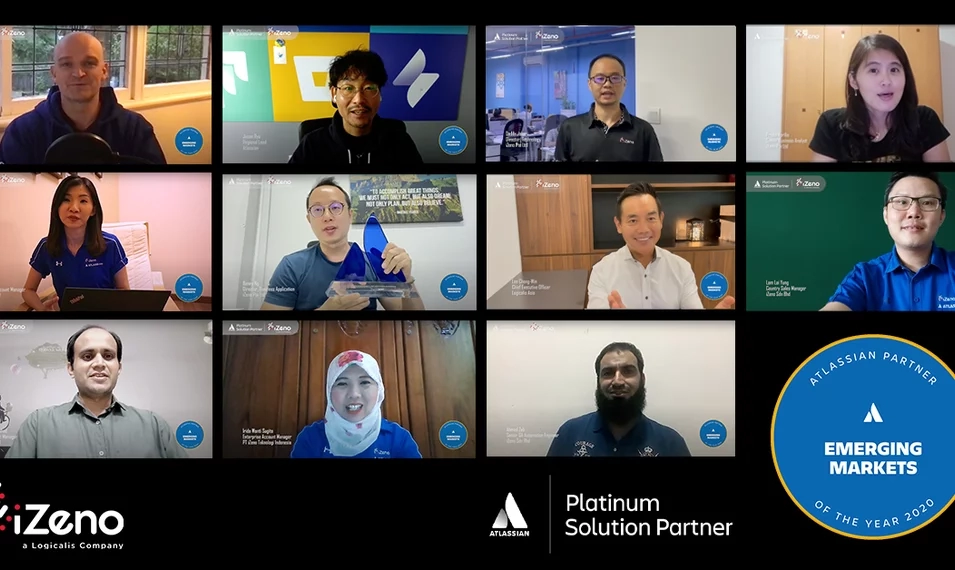, Jan 9, 2014
Solution Provider Tells CIOs How to Advance Their Journey to the Cloud
NEW YORK, April 30, 2013 – After virtualization, cloud computing may be the next logical step for many enterprise organizations. What savvy CIOs are looking for today is a roadmap with clear directions on how to get there. To help, Logicalis, an international IT solutions and managed services provider (http://www.us.logicalis.com/) – and a company named “Best Cloud Consultant” at the Cloudcor UP 2012 Cloud Computing Conference – has identified six steps that simplify the journey to the cloud.
“Enterprise organizations are clearly taking the steps needed to become virtualized, and many already have a solid converged infrastructure foundation in place. The problem is, they’ve stalled there; they’ve stopped just short of implementing a cloud strategy that can give them the kinds of IT efficiencies they wanted when they started the virtualization process,” says Brett Anderson, director of Enterprise Computing for Logicalis US. “The key to continuing along that path is to implement a few important steps that will simplify the move to the cloud and to combine those steps with the right hardware and software from leading vendors like HP and VMware. Proven leaders like these in consolidation, virtualization, and software optimization and development coupled with a solid cloud strategy and deployment plan create a roadmap to the cloud that meets the business needs each company uniquely identifies for itself.”
Six Steps that Simplify Moving to Cloud
- Get an IT Checkup: Implementing a cloud strategy is nothing like buying a boxed, off-the-shelf product. It’s all about customization. The key is to start with a thorough assessment of a company’s business needs, then optimize the company’s existing IT infrastructure to meet those needs. Fully examining and understanding the current environment will determine a starting point that best suits the organization’s unique situation. Knowing where the company wants to go creates direction, allowing a strategy to be formulated that will take it there at a pace the company can afford.
- Build on Strong Foundations: IT funds and staffing resources have been shrinking in recent years, while demand for computing capabilities has increased. Therefore, it’s critical to create a cloud strategy that builds on and preserves the existing capital investments the company has already made in its IT infrastructure, while creating and following a roadmap for enhancements and additions that will work well both now and into the future.
- Be Safe & Secure: When a company is concerned about security, hosting sensitive data in house on internal equipment in its own data center helps the organization overcome concerns about data security and take that first step into the cloud. Planning should be undertaken at the beginning of any cloud strategy for security considerations that will keep the company’s data safe as well as ensure privacy and compliance.
- Manage the Management: By nature, all cloud software stacks have a management component to them, but it’s important to ultimately manage the cloud environment as each new application is moved into place. Will the company bill back usage of a certain application to specific business units inside the organization? If so, a specific toolset will be needed to monitor what IT resources that department is using. Another robust toolset may be needed to manage adds and changes to applications. An experienced solution provider can help point out the toolsets from different vendors that will best meet that user’s specific needs; HP and VMware, for example, have extensively integrated tools – HP for the management and deep monitoring of physical infrastructure and VMware for management of the virtual and cloud infrastructure. Each is aware of the other, seamlessly interacting so that a single management objective is achieved. IT pros have to know just what resources they have at their disposal that can be leveraged to deploy new applications as they’re added to the cloud environment. This means management considerations like orchestration, automation and governance should be top-of-mind when designing a cloud roadmap. Keep in mind, things like chargeback, automation and provisioning are all complex tasks that require best practices and clearly documented procedures for successful implementations. An experienced solution provider with this knowledge can be a tremendous asset in these instances.
- Classify Apps: A critical component in the success of any cloud strategy is determining whether the applications the company is planning to run in the cloud are actually cloud-ready. While some applications are designed from the ground up specifically for use in the cloud, others require some re-tooling before being deployed; employ a cloud expert to help identify which applications are cloud-ready and which are not.
- Plan Ahead: Businesses are never static, so plan for change while a cloud strategy is being designed. Moving from a virtualized, converged infrastructure to the creation of a premises-based cloud may be a natural next step along the path, but what happens after that? Will the company continue to build out the cloud environment in its own data center? Will it want to burst to an outside data center to cover peaks? Or will it employ a hybrid cloud strategy, moving a portion of its workload onto a public cloud? A well thought-out cloud roadmap will embrace the future by planning for it today.
Want to learn more?
- Find out more about how Logicalis helps clients implement their cloud strategies here.
- Download an eBook: “Cloud Computing 2.0: How to Shape Your Cloud Strategy to Fit Your Changing Needs” here.
- To help customers visualize how any proposed cloud solution might impact their business, Logicalis has created two Cloud Centers of Excellence demo centers, one in Farmington Hills, Mich., and the other in Irvine, Calif.
About Logicalis
Logicalis is an international IT solutions and managed services provider with a breadth of knowledge and expertise in communications and collaboration; data center and cloud services; and managed services.
Logicalis employs nearly 3,500 people worldwide, including highly trained service specialists who design, specify, deploy and manage complex ICT infrastructures to meet the needs of almost 6,000 corporate and public sector customers. To achieve this, Logicalis maintains strong partnerships with technology leaders such as Cisco, HP, IBM, CA Technologies, Microsoft, NetApp, VMware and ServiceNow.
The Logicalis Group has annualized revenues of over $1.4 billion from operations in Europe, North America, South America and Asia Pacific and is fast establishing itself as one of the leading IT and Communications solution integrators specializing in the areas of advanced technologies and services.
The Logicalis Group is a division of Datatec Limited, listed on the Johannesburg and London AIM Stock Exchanges, with revenues of over $5 billion.
For more information, visit http://www.us.logicalis.com/.




